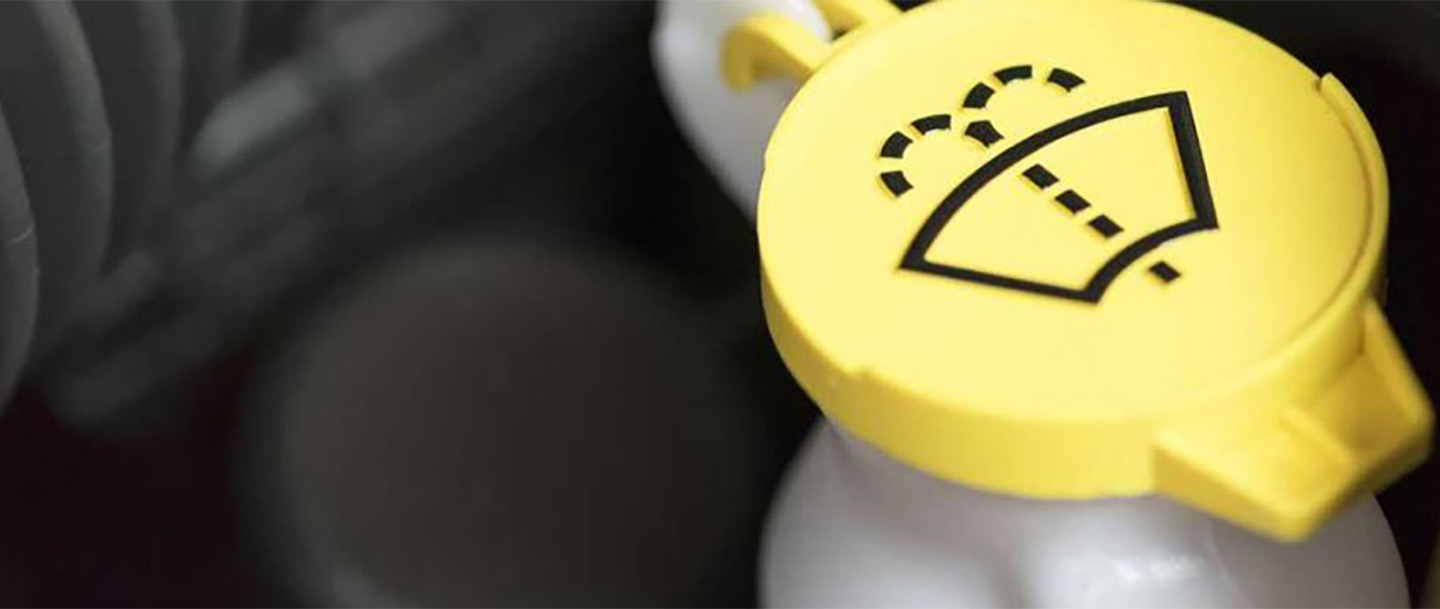As any vehicle owner knows, car repair can be one of the costliest aspects of owning a car. The good news is that by dedicating some time to maintaining your car yourself, you can often prevent small problems turning into big and expensive ones. While it’s important to get your car professionally serviced each year, there are plenty of things you can be doing between services to ensure that your car remains in great condition. If you’re after some basic car maintenance tips for everyday use, have a read of our introductory guide to maintaining a car.
Be prepared
Getting into the right frame of mind for car maintenance means having the right equipment around you. It’s a good idea to carry wheel removal tools and a jack in your car at all times, so that you can use your spare wheel in the event of a puncture. It’s also worth checking to see whether your car needs a locking wheel nut key and including that in your emergency kit if so. Back home, tidy all your car maintenance essentials into one place. A basic car maintenance kit could include:
- Engine oil
- Screenwash
- A bucket and sponge
- Spare light bulbs
- A spare set of front and rear wiper blades
Make sure you know where your car manual is, too, as you’ll need to refer to this to check requirements specific to your car, such as warning lights or tyre pressures. While you’re at it, you may wish to consider breakdown cover, and if you have it make sure you have the contact details for it in your car at all times. We’ve recently partnered with the RAC to offer breakdown cover with your car insurance, so it’s easy to bolt on this extra cover to get you back on the road as quickly as possible if you do suffer an unexpected problem when you’re out driving.
Tyres and wheels
Try to check your tyres and wheels every couple of weeks. Remember that all-important minimum tyre tread you learned for your driving test? It’s there for a reason, and that’s not just because you could face a hefty fine and points on your licence if they don’t meet the minimum standard; it’s because tyres with a worn out tread are more likely to cause an accident.
For cars, the legal minimum is 1.6mm - but if that’s hard to visualise, the easiest way to check whether your tyre tread is safe is by using the 20p test, as described here by Tyre Safe. You should also check the overall condition of your tyres, watching out for any cracks, cuts or deflation; the pressure should be checked against the manual for your particular car, as it varies from one to the next.
Another thing you can do to keep your wheels in good condition is to clean off the brake dust regularly; the longer you leave it, the harder it is to remove. This should be removed with a damp cloth or sponge, as it clings to the wheel due to static electricity.
Under the bonnet
It’s always good practice to check your engine oil before you head off on a long journey, but it’s worth incorporating this check into your routine maintenance as well. When your engine is cold (in other words, not when you’ve just returned from a drive), use the dipstick to check the oil and always keep a bottle of engine oil handy in case you need to top it up. At the same time, check that the coolant level falls between the maximum and minimum markings.
Windscreen and paint
As you’ll probably have noticed, windscreen wipers become less effective with age, smearing the water over your windscreen rather than wiping it cleanly away. Replacing your windscreen wiper blades on a regular basis is important, as under-performing wiper blades could mean you don’t spot a hazard until it’s too late. Similarly, make sure you top up your screen wash regularly so that you’ll never have to worry about your visibility being impaired when you’re on the road.
It’s worth regularly having a thorough check of your windscreen to ensure that there’s no damage, as tiny chips and cracks can soon develop into bigger ones. If you do spot a crack, it can usually be repaired - and if you’re quick to get it fixed, you should be able to avoid the greater cost of having to replace the entire windscreen.
Damage to the paintwork on your car lowers its value, so your car maintenance routine should also include checking for rust and removing any bird muck as quickly as possible. If it’s left on too long, particularly when it’s sunny, it can cause permanent damage to the paint - and this is expensive to get repaired.
Lights
You probably won’t be able to tell from behind the wheel whether or not all your lights are working, so this is another thing you can check as part of your car maintenance routine. Check your headlights, front and rear indicators, fog lights, brake lights and reverse lights to ensure that they’re all working correctly, ideally getting someone to stand outside the car to check for you.
And finally...
Giving your car some regular TLC helps maintain its value, as well as keeping it running efficiently and hopefully catching any issues before they grow into something worse. Your wallet will thank you for your maintenance know-how when you next take your car for a service - but it’s also essential to ensure that you have valid insurance so that you’re covered for any unfortunate accidents that could leave your car damaged beyond your own maintenance abilities. Find out more about car insurance from esure, which even includes windscreen repair or replacement and guaranteed repair work for five years.

